How to choose your inverter?
Get the best performance of your equipment with our advice on choosing the inverter adapted to your needs at President Electronics.
How to choose the appropriate power of the inverter?
It is necessary to take into account the peak power, i.e. the power required by a device at start-up, which is much more important than that used during normal operation. On each electrical device the rated power in Watts absorbed under 220 VAC is indicated.
If the peak power is not documented, a minimum multiplier factor of 3 must be applied to choose the most suitable inverter.
| Apparatus |
Size factor for inverter*
|
|---|---|
| Dishwasher, Washing machine | 3 |
| Sump, well or submersible pump | 3 |
| Boiler fan | 3 |
| Industrial motor | 3 |
| Portable heaters powered by Kerosene or Diesel | 3 |
| Circular saw, Bench grinder | 3 |
| Lighting | 3 |
| Cutting device | 3 |
| Microwave oven (when nominal output power is also cooking power) | 3 |
| Illuminating lights, stroboscope | 4 |
| Air compressor | 4 |
| Laser printer, Device using Quartz lamps for heating | 4 |
| Air conditioner, refrigerator, freezer (compressor) | 4 |
*Multiply the active rated power (Watts) of the device by this factor to find the continuous nominal power of the inverter to make it work.
The modified sine wave inverters are suitable for the majority of devices operating in 220 V. They will be able to supply the majority of equipment such as fans, lighting, pumps, microwave ovens, conventional portable electro equipment, etc.
How can I adapt the power of my battery or my series of battery, depending on the choosen inverter?
A battery or battery block allows you to make the best use of the chosen inverter.
To choose the right battery or battery block, you need to know how much power (watts), absorb the products you want to plug in, and for how long you want to use them.
The table below highlights, for batteries that provide 12 Volts DC, their capacity and energy absorbed in time, as well as the time of use. By using 24 Volts DC batteries, the usage time is doubled.
| 50Ah | 75Ah | 100Ah | 200Ah | 400Ah | |
|---|---|---|---|---|---|
| 50 W | 9 hours | 14 hours | 20 hours | 40 hours | 80 hours |
| 100 W | 4 hours | 7 hours | 10 hours | 20 hours | 40 hours |
| 200 W | 2 hours | 3 hours | 4.5 hours | 10 hours | 20 hours |
| 300 W | 1.3 hours | 2.2 hours | 3 hours | 6 hours | 12 hours |
| 400 W | 1 hour | 1.5 hours | 2 hours | 4.5 hours | 10 hours |
| 600 W | - | - | 1 hour | 2.5 hours | 6 hours |
| 800 W | - | - | 50 minutes | 2.5 hours | 4 hours |
| 1000 W | - | - | 40 minutes | 1.5 hours | 3 hours |
| 1500 W | - | - | - | 30 minutes | 2 hours |
| 2500 W | - | - | - | 12 minutes | 48 minutes |
This table is given as an example and it is not guaranteed that it is accurate in all cases. Multiple external events, e.g., peak power, temperature, load state, battery conservation and use, may influence the usage time.
Practical case
| Connected devices |
By adding the daily consumption of each device, you obtain the total daily energy required. In our case: 660+250+150+270=1330 Wh With the formula Watt/Volt = Ampere, you deduct the total daily intesity required. With a 12 Volts DC: 1300/12=110,83 A. You therefore need, at minimum, a 110 Ah battery. If all these devices are used at the same time the consumption will be 1560W. As a minimum multiplier factor of 3 is required to choose the best-adapted inverter, it is therefore necessary to provide a 4500W inverter. With a 12V battery you will need a capacity of 400Ah and with a 24V battery you will need a capacity of 200Ah. |
|---|---|
|
22'' LCD TV Microwave oven DVD Player Laptop computer |
How to choose the diameter of the cable connected to the battery?
The choice of the cable diameter connected to the battery is made according to the power of the inverter.
| Length (Go + Return) between battery and inverter | ||||||||||
|---|---|---|---|---|---|---|---|---|---|---|
| ≤1m | ≤2m | ≤3m | ≤4m | ≤6m | ≤8m | ≤10m | ≤12m | ≤14m | ≤16m | |
| 150 W | 0.75 | 1.5 | 2.5 | 4 | 6 | 6 | 10 | 10 | 16 | 16 |
| 300 W | 1.5 | 4 | 6 | 6 | 10 | 16 | 16 | 25 | 25 | 25 |
| 600 W | 4 | 6 | 10 | 16 | 25 | 25 | 35 | 35 | 50 | 50 |
| 1000 W | 6 | 10 | 16 | 25 | 35 | 50 | 50 | 70 | 95 | 95 |
| 1200 W | 6 | 16 | 25 | 25 | 50 | 50 | 70 | 95 | 95 | 120 |
| 1500 W | 10 | 16 | 25 | 35 | 50 | 70 | 95 | 95 | 120 | 120 |
| 1700 W | 10 | 25 | 35 | 35 | 70 | 70 | 95 | 120 | 150 | 150 |
| 2000 W | 10 | 25 | 35 | 50 | 70 | 95 | 120 | 150 | 150 | - |
| 2500 W | 16 | 35 | 50 | 50 | 95 | 120 | 150 | - | - | - |
| 3000 W | 16 | 35 | 50 | 70 | 95 | 150 | - | - | - | - |
| 4000 W | 25 | 50 | 70 | 95 | 150 | - | - | - | - | - |
| 5000 W | 35 | 50 | 95 | 120 | - | - | - | - | - | - |
| 6000 W | 35 | 70 | 95 | 150 | - | - | - | - | - | - |
| Length (Go + Return) between battery and inverter | ||||||||||
|---|---|---|---|---|---|---|---|---|---|---|
| ≤1m | ≤2m | ≤3m | ≤4m | ≤6m | ≤8m | ≤10m | ≤12m | ≤14m | ≤16m | |
| 150 W | 0.5 | 0.5 | 0.75 | 0.75 | 1.5 | 1.5 | 2.5 | 2.5 | 4 | 4 |
| 300 W | 0.5 | 1 | 1.5 | 1.5 | 2.5 | 4 | 4 | 6 | 6 | 6 |
| 600 W | 1 | 1.5 | 2.5 | 4 | 6 | 6 | 10 | 10 | 10 | 16 |
| 1000 W | 1.5 | 2.5 | 4 | 6 | 10 | 10 | 16 | 16 | 25 | 25 |
| 1200 W | 1.5 | 4 | 4 | 6 | 10 | 16 | 16 | 25 | 25 | 25 |
| 1500 W | 2.5 | 4 | 6 | 10 | 16 | 16 | 25 | 25 | 25 | 35 |
| 1700 W | 2.5 | 6 | 10 | 10 | 16 | 25 | 25 | 35 | 35 | 35 |
| 2000 W | 2.5 | 6 | 10 | 10 | 16 | 25 | 25 | 35 | 35 | 50 |
| 2500 W | 4 | 6 | 10 | 16 | 25 | 35 | 35 | 50 | 50 | 50 |
| 3000 W | 4 | 10 | 16 | 16 | 25 | 35 | 50 | 50 | 50 | 70 |
| 4000 W | 6 | 10 | 16 | 25 | 35 | 50 | 50 | 70 | 70 | 95 |
| 5000 W | 6 | 16 | 25 | 25 | 50 | 50 | 70 | 95 | 95 | 120 |
| 6000 W | 10 | 16 | 25 | 35 | 50 | 70 | 95 | 95 | 120 | 120 |
| Section mm² | 0.75 | 1.5 | 2.5 | 4 | 6 | 10 | 16 | 25 | 35 | 50 | 70 | 95 | 120 | 150 |
|---|---|---|---|---|---|---|---|---|---|---|---|---|---|---|
| Diameter mm | 1 | 1.4 | 1.8 | 2.2 | 2.8 | 3.6 | 4.5 | 5.6 | 6.7 | 8 | 9.5 | 11 | 12.4 | 14 |
 Information
Information


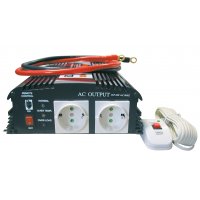
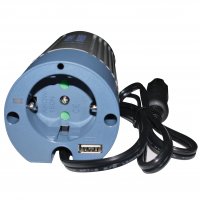
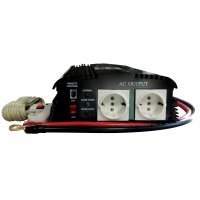
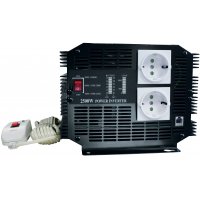
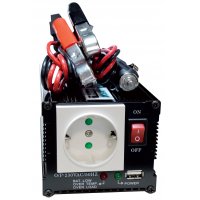
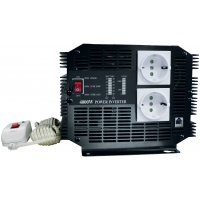
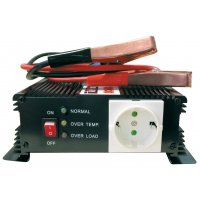
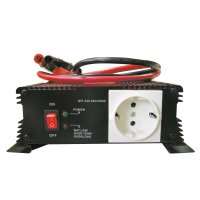
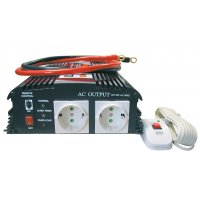
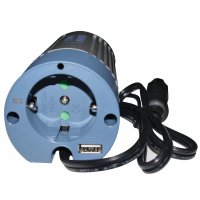

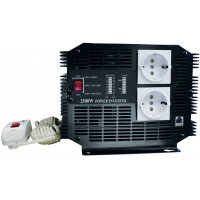
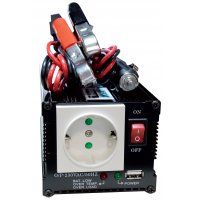
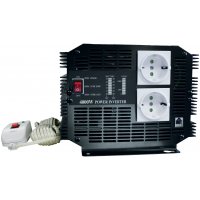
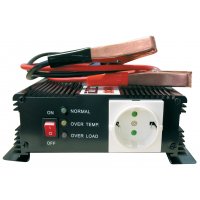
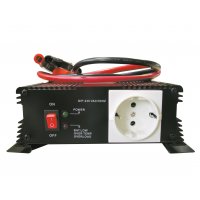
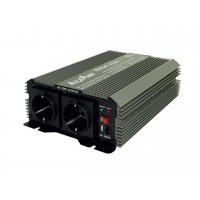
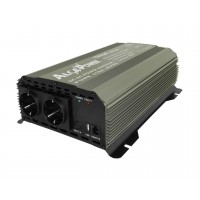
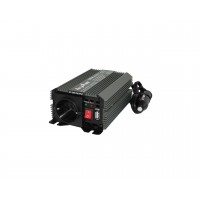
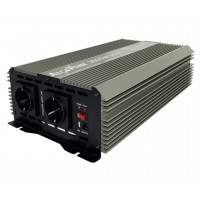
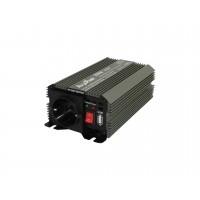
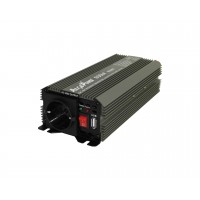
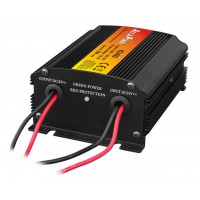
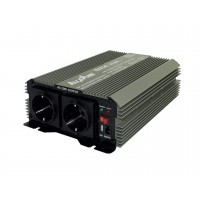
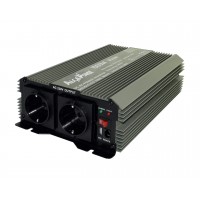
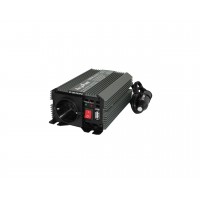
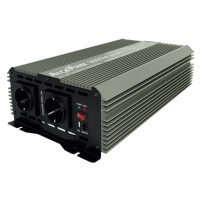
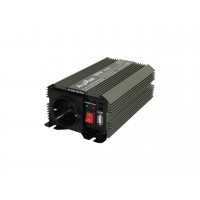
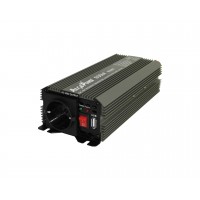
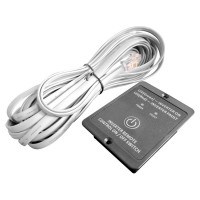
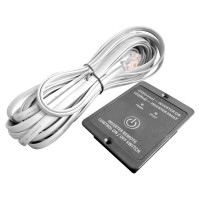
Our Networks